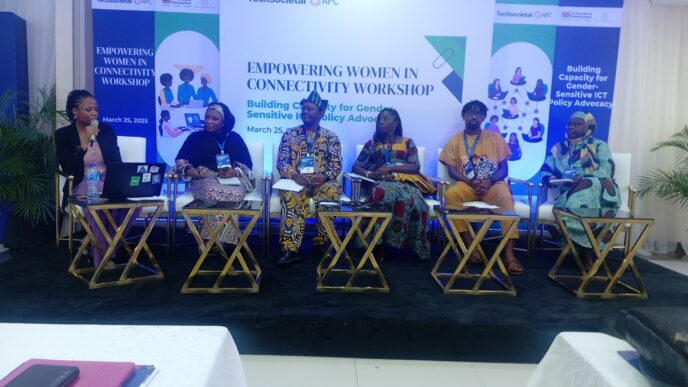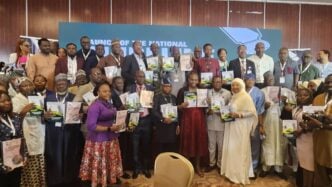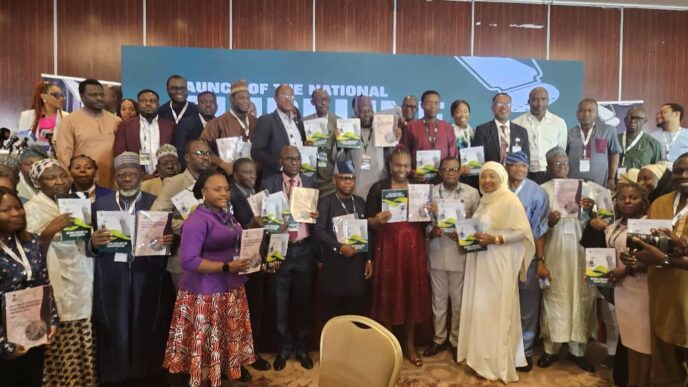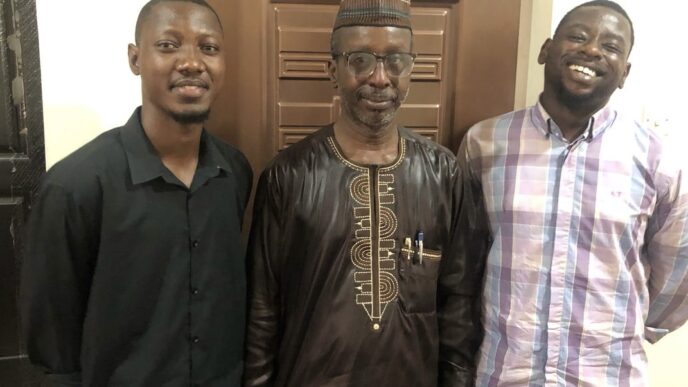A director at the federal ministry of education has called for stronger school nutrition policies to tackle learning deficiencies among children caused by iodine deficiency.
Muyibat Olodo, the director of the technology and science education department, spoke at a stakeholder meeting in Maraba, Nasarawa state, on Tuesday.
Olodo warned that poor nutrition is hampering cognitive development in primary school learners.
Iodine deficiency, she said, remained a major challenge in Nigeria, leading to developmental delays and learning difficulties.
Advertisement
“The simple yet effective solution is ensuring households consistently use adequately iodised salt,” she said.
The meeting, which focused on assessing the Universal Salt Iodisation (USI) status of primary school learners, brought together key stakeholders.
They include regulatory agencies such as the Standards Organisation of Nigeria (SON) and the National Agency for Food and Drug Administration (NAFDAC).
Advertisement
Chimay Thompson, a public health nutritionist, said addressing the issue early was crucial.
“Prevention is better and cheaper than cure,” she said.
“We don’t want to wait until we start seeing goitre or other serious health issues.”
Dehinde Makanjuola, the head of nutrition and dietetics at Nasarawa State University, said low consumption of iodised salt had been linked to poor memory, mental retardation, and high dropout rates among schoolchildren.
Advertisement
The stakeholders agreed that a nationwide assessment was needed to evaluate household consumption of iodised salt and identify barriers to its use.
The federal government previously launched campaigns to promote iodised salt consumption, but challenges remain in rural areas where access and awareness are limited.
Nigeria’s National Home-Grown School Feeding Programme (NHGSFP) was launched in 2016 to provide free nutritious meals to primary school children.
It was aimed at boosting school enrollment, improving learning outcomes, and supporting local food production.
Advertisement
The initiative targets children in public primary schools (grades 1-3) across the country.
But funding inconsistencies, poor monitoring, and allegations of mismanagement have affected its implementation in some states.
Advertisement
Add a comment











